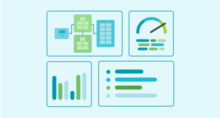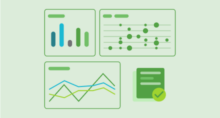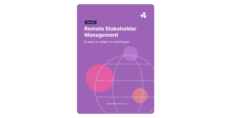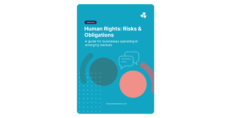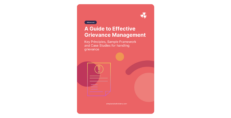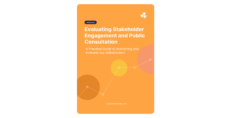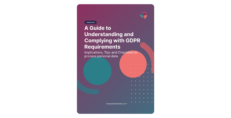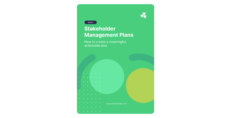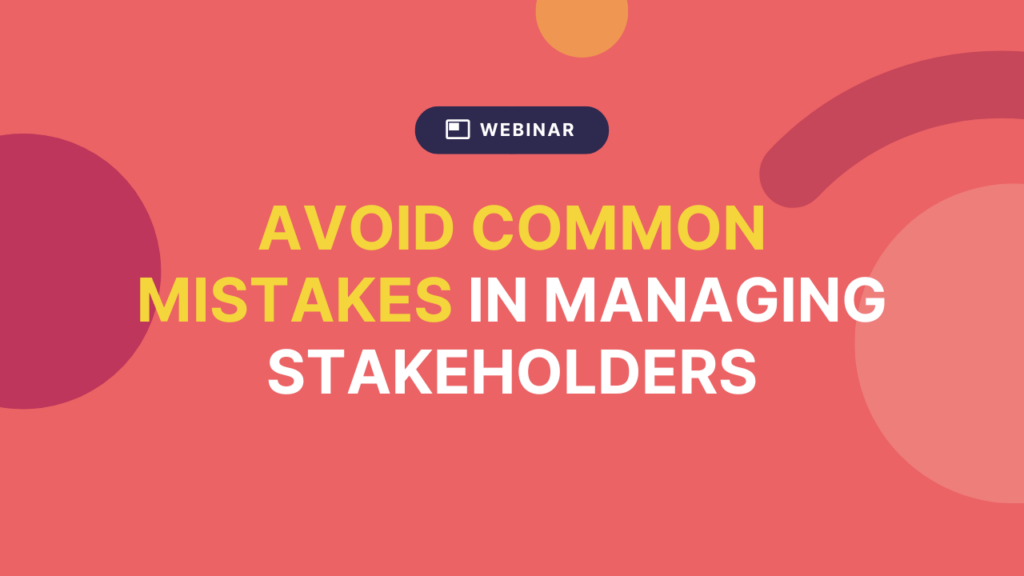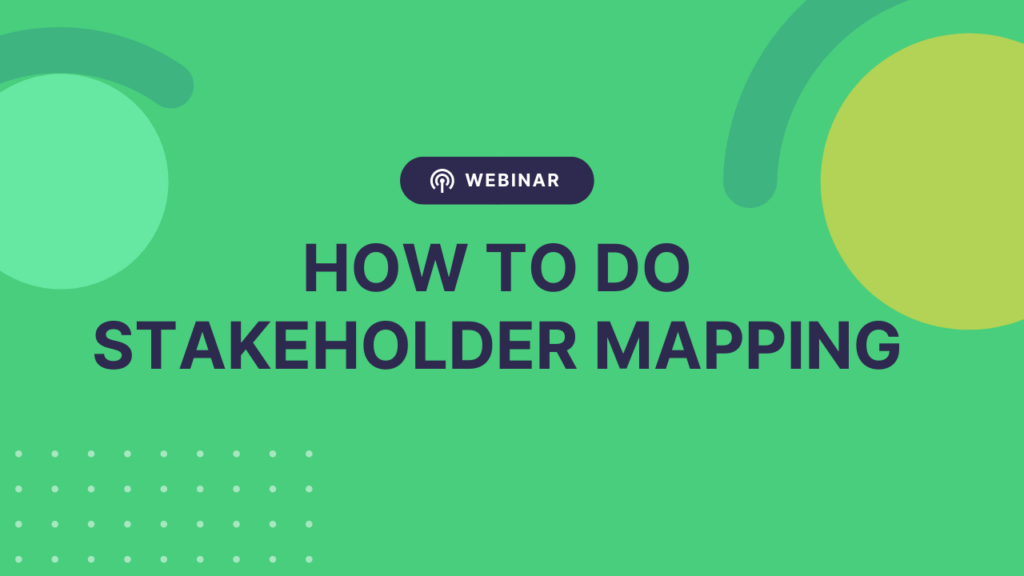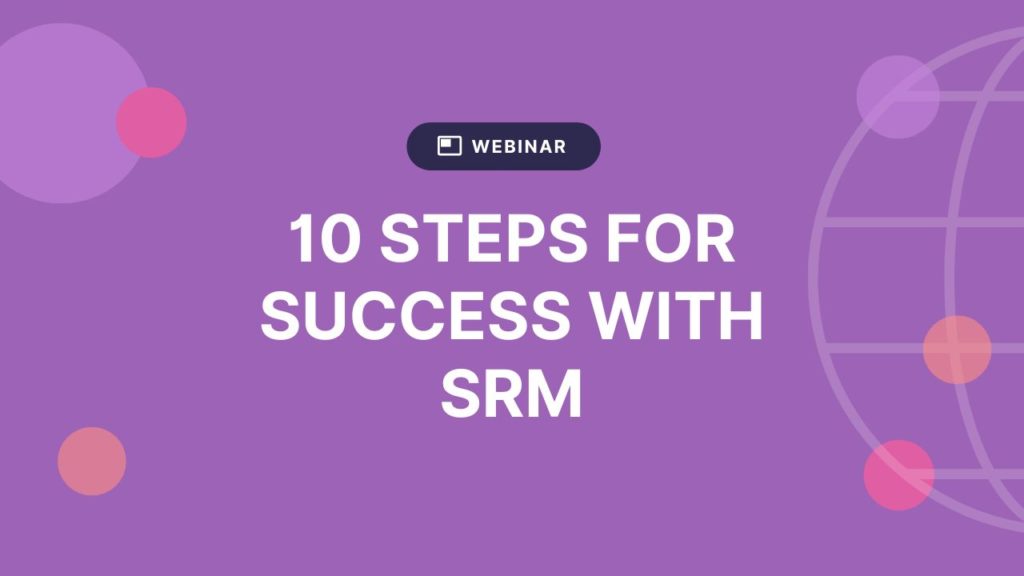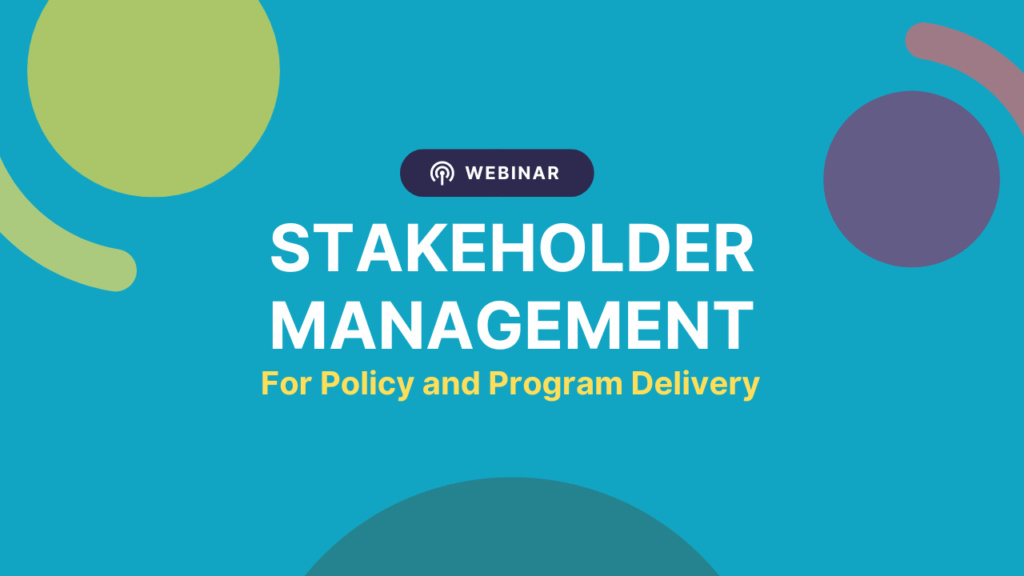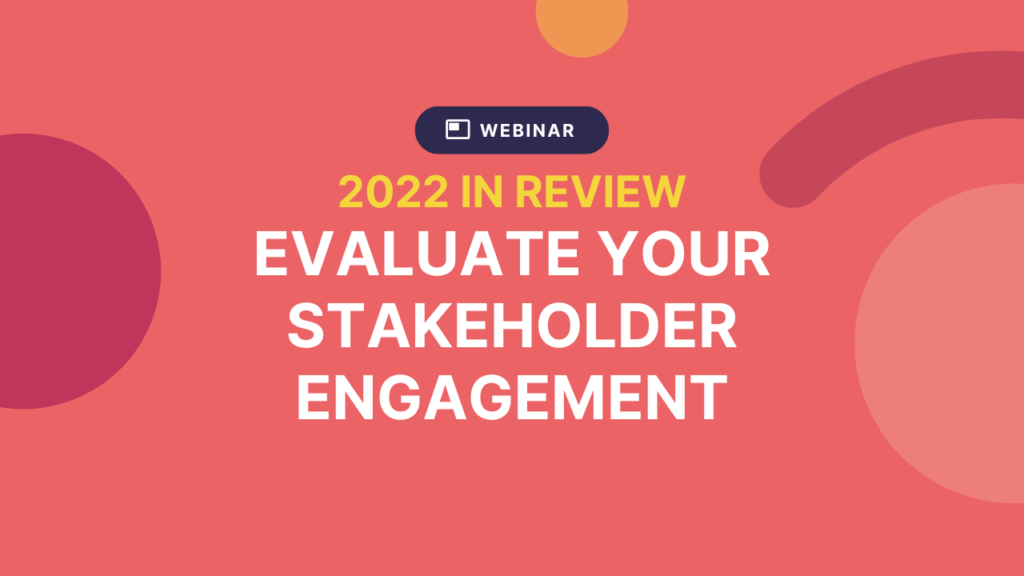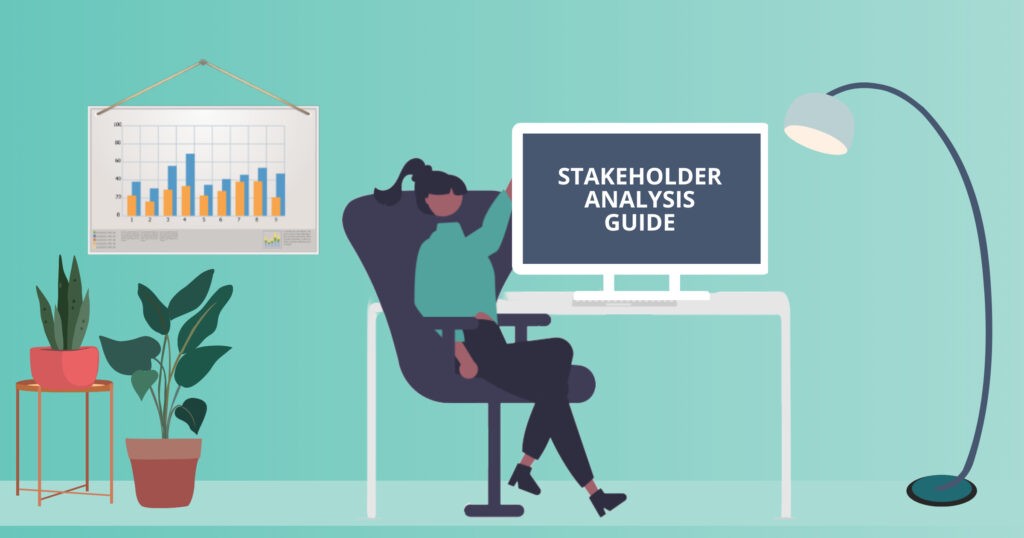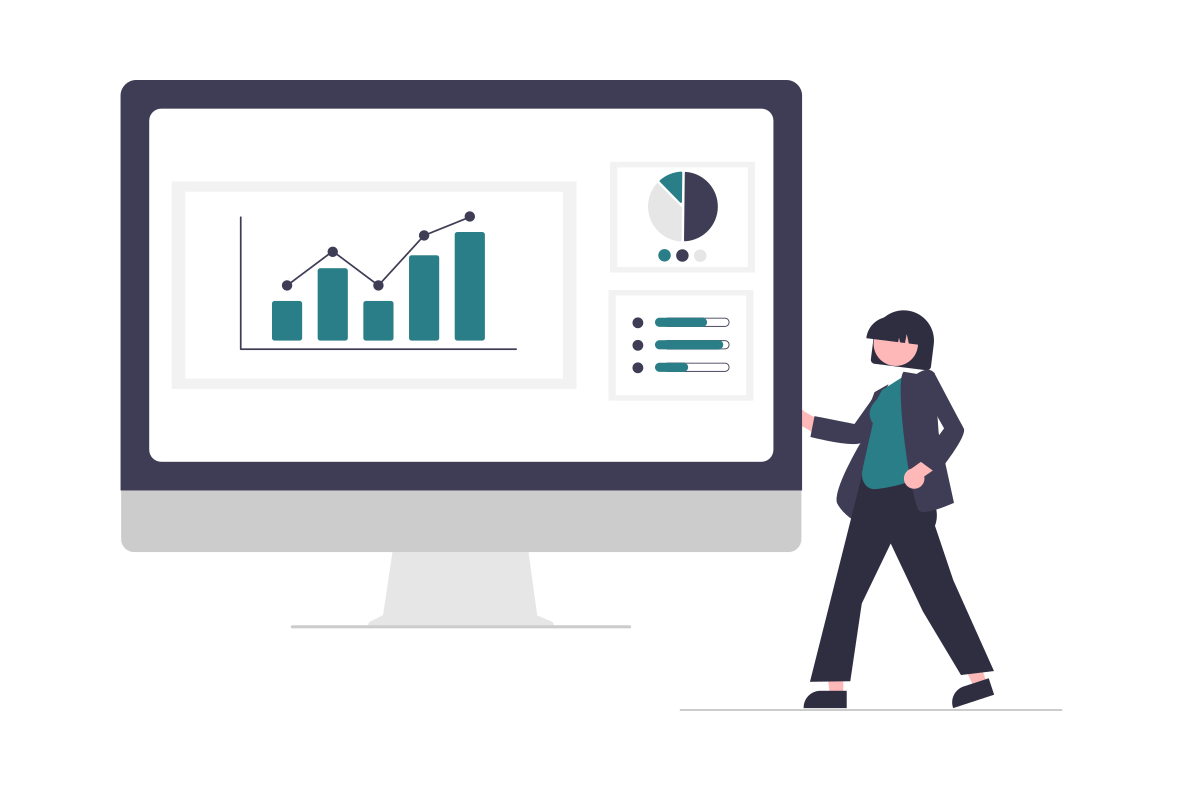Stakeholder Reporting Made Easy: 9 Practical Tips
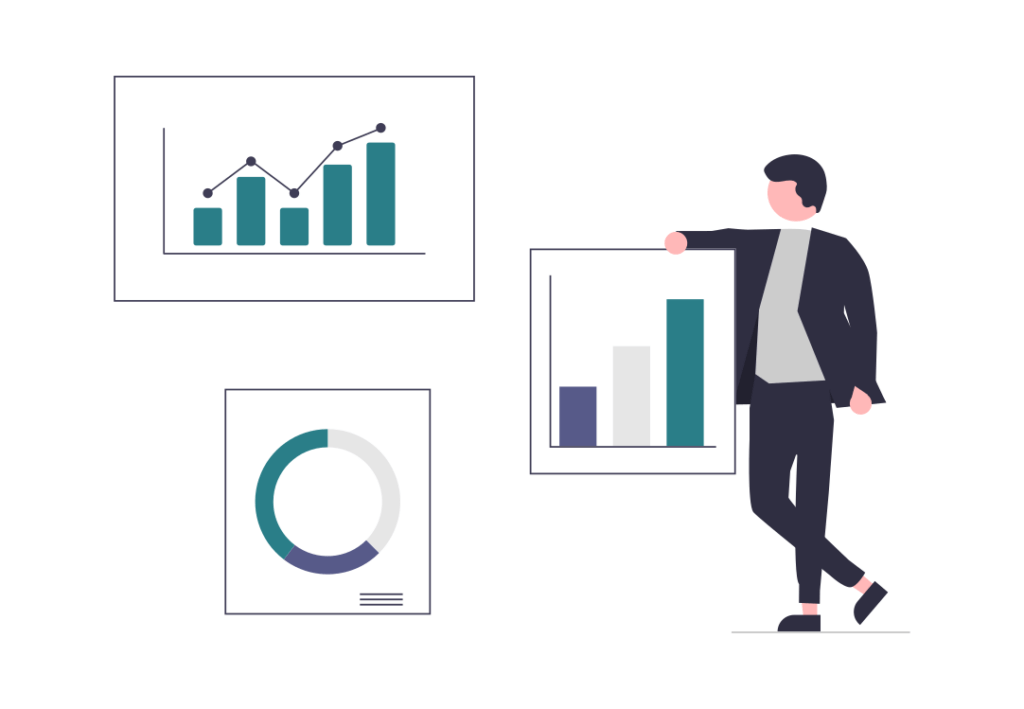
Need to deliver a report to your stakeholders? Or report on your stakeholder consultation activities (and their results)?
Stakeholder reporting is an important part of the stakeholder engagement process, but it’s often an area of weakness for consultation teams. But if you want to engage your stakeholders more effectively, you need to become confident (and consistent) with your reporting.
That’s why we wanted to shine the light on the different types of stakeholder reports, how they can impact your engagement, and some ways to improve your stakeholder reporting process. First, let’s start with the why.
Why Stakeholder Reporting Matters
Firstly, stakeholder reporting isn’t something you can simply skip over. It’s one of the 7 steps to successful consultation — and identifying how you’ll report on your engagement should be part of your stakeholder management plan.
And in fact, one of the IFC’s 11 principles of good practice is to provide timely reports to stakeholders, sharing outcomes and next steps for the engagement.
But why does it matter so much? Stakeholder reporting can help you:
- Build trust with stakeholders and gain their support
- Increase accountability and transparency
- Improve relationships with stakeholders (including investors and the government)
- Increase legitimacy and perception as an industry leader
- Support brand reputation efforts
- Engage internal stakeholder audiences (including employees)
- Promote socially/environmentally responsible behaviors (and attract investors that care about these issues)
- Support ongoing dialogue with stakeholders (including knowledge transfer)
- Motivate stakeholders to engage further
Types of Stakeholder Reports

Stakeholder reporting can take on a variety of forms, but usually, it involves providing a written report to stakeholders about the project, as well as reporting on the engagement itself.
Types of reports may include:
- Reports for project-affected stakeholders – This could be a progress report that keeps impacted stakeholders informed on what’s been happening and what’s coming up next.
- Internal reports on stakeholder activities – This involves keeping your management team in the loop on your consultation activities and their results.
- Stakeholder reports for participants – This includes reporting on the stakeholder engagement activities and outcomes to stakeholder participants (to demonstrate their impact on the project, organization, and decision-making, and encourage further engagement).
- Reporting to interested parties – In some cases, stakeholder reports may be made available to anyone that may be interested in them, whether publicly available on your website or available upon request.
- Corporate reports – You may need to incorporate stakeholder engagement information into your corporate social responsibility report, sustainability report, corporate governance report, or annual report.
- Consultation research reports – If stakeholder participation was used to conduct research and uncover findings, you might share these findings in a research report to contribute to public knowledge (see examples here, here, and here).
9 Tips For Better Stakeholder Reporting
Let’s look at some ways to make your stakeholder reporting a simpler and more effective process.
1. Identify Your Reporting Requirements
When planning your consultation, make sure you identify what reports you need to make, who you need to make them to, and what information you need to include. This will depend on your stakeholder expectations and interests (according to your stakeholder analysis) and any relevant codes and standards for reporting on your stakeholder engagement.
For example, companies signed to the UN Global Impact are committed to protecting human rights and ensuring they aren’t complicit in human rights abuses. Their participation involves regularly measuring and communicating on their progress towards the Ten Principles and Sustainable Development Goals.
2. Keep Your Stakeholder Records Updated
Having up-to-date stakeholder records is essential to ensure that you can generate accurate reports. Plus, you’ll need an up-to-date list of stakeholder contacts ready to receive these reports. Of course, implementing good data practices has other benefits, too, and can allow you to get a whole lot more value from your engagement data.
3. Integrate Your Systems
Keeping your stakeholder records current is much easier when you can integrate your other systems.
Simply Stakeholders can act as your central database that (once connected) links into your social media, email lists, Microsoft Office, and more. This allows you to automatically gather, collate, and organize data from various channels into a single source of truth — all ready for reporting.
4. Make it Real Time and Automated
Another advantage of using an app like Simply Stakeholder to generate your reports is that any stakeholder analysis and mapping insights, contact records, and issues tracking automatically flow into your central reporting dashboard. This means you have beautiful, always up-to-date visualizations that demonstrate how your consultation is performing — in real-time.
5. Track Your Commitments
If you’ve made a promise to a stakeholder group, you need to track this commitment and communicate your progress so that you can report back to these stakeholders.
You can use an app like Simply Stakeholders to track your commitments to stakeholders, and stay organized with tasks assigned to stakeholder records (and team members).
6. Know When and Where
How often should you produce a stakeholder report? It depends…
Many organizations produce quarterly stakeholder reports, but if your stakeholder report is for a specific project, you may need to align your reporting with specific milestones.
And how should you send that report? One of the most common ways to deliver stakeholder reports is via email, with the report included in a pdf attachment or link. But many organizations also choose to publish their reports on their website to engage a broader audience and support greater transparency and accountability.
7. Get the Contents Just Right

So, what should you actually put in your report?
Your stakeholder report should be comprehensive enough for its reader to draw their own meaningful conclusion about your project, organization, and engagement — but not so lengthy that it causes information overload. Give your stakeholders what they need to know, and leave out anything that’s not relevant to them.
Another tip is to consider displaying some of your stakeholder reporting data in visual form. This can help stakeholders more easily understand what it means, spot trends, and engage with the content (especially when they’re too busy to read the details). Fortunately, if you use an app like Simply Stakeholders, you’ll be able to choose from a range of data visualizations to help illustrate your report.
8. Keep Communication Channels Open

Some organizations forget the value of two-way communication when they send an important document like a report. But your report should do more than simply inform your stakeholders. Make sure you involve stakeholders (by including a contact email or feedback form) and respond to their feedback, as well.
9. Evaluate and Improve
We’ve talked a lot about the importance of evaluating stakeholder consultation — and reporting plays an important role in the evaluation process. But it’s also important to evaluate your stakeholder reports regularly, too.
So, look at your standard reporting format, contents, and distribution methods. Ask for stakeholder feedback, check your engagement metrics, and see how you can continue to improve your stakeholder and project experience with better reports.
Make Reporting Easier with Simply Stakeholders
One of the best ways to improve your stakeholder reporting is with stakeholder relationship management software like Simply Stakeholders. Our tool offers a range of reporting and analysis features, including issues tagging, sentiment analysis, interaction tracking, and stakeholder mapping. You can see high level results or drill down into more detail.
Our soon-to-be-released version 2 will make it even easier to gain visibility and focus on the consultation data that matters. New features will include a relationship health score and relationship mapping.
Learn more about how Simply Stakeholders works or find out more about the upcoming version 2!

